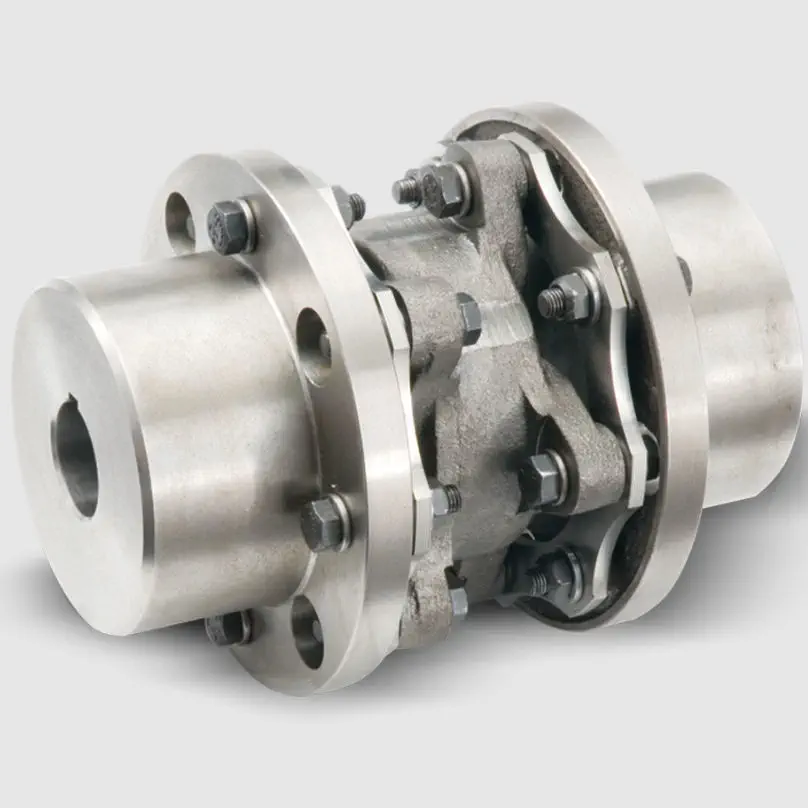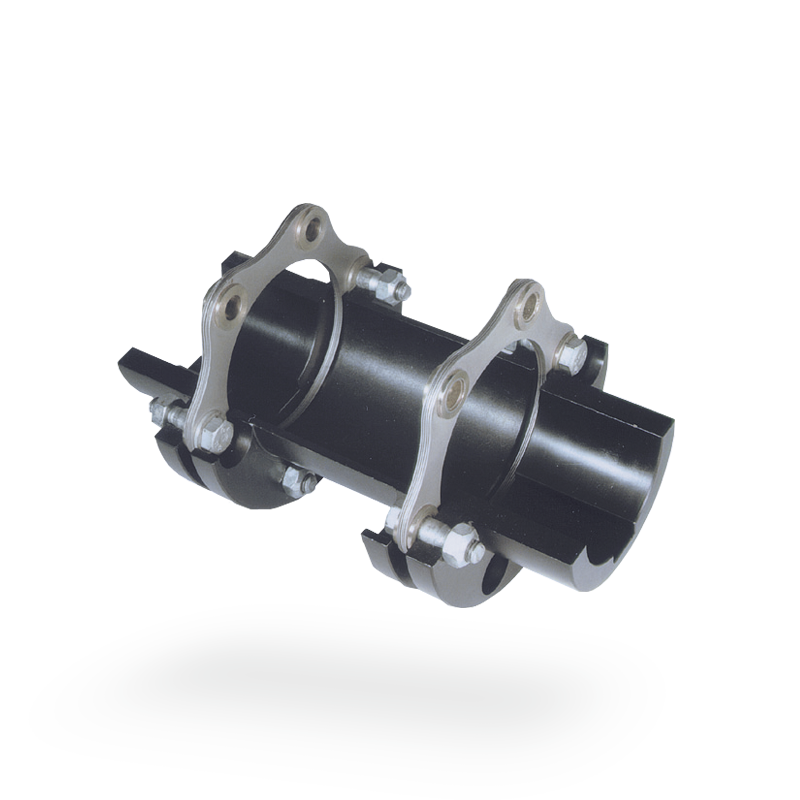Product Description
Product Description
The maximum opening value is a circular hole or a tapered hole with a keyway.
Main applications:
DWZ disc eddy current brake is mainly used as load in loading dynamometer equipment. it is experimental apparatus which can measure the dynamic mechanical properties, especially in dynamic loading test whose power value is small or tiny, also can be treated as suction power devices of other dynamic devices.
DW series disc eddy current dynamometer is, is that add device for measuring torque and rotational speed on DWZ series disc eddy current brake, it is experimental apparatus which can measure the dynamic mechnical properties, especial in dynamic loading test whose power value is small or tiny.
CW eddy current brake as a load is mainly used to measure the mechanical characteristics of inspection equipment, it and other control instrument (including loading apparatus, torque speed sensor and torque power acquisition instrument etc.) can be composed of eddy current dynamometer can be used for performance testing of the internal combustion engine, motor, gas turbine, automobile and its dynamic mechanical components, compared with other power measuring device, the CW series power measuring device has the advantages of reliability, high stability and practicability.
| Eddy current brake/dynamometer | Rated Power | Rated torque | Rated speed | Maximum rotational speed | Turning inertia | Maximum excitation voltage | Maximum excitation Current | Cooling water pressure | Flow of the cooling water |
| DWZ/DW-0.75 | 0.75 | 5 | 2000-2600 | 16000 | 0.002 | 80 | 3 | 0.1~0.3 | 1 |
| DWZ/DW-3 | 3 | 10 | 2000-2600 | 14000 | 0.003 | 80 | 3 | 0.1~0.3 | 2 |
| DWZ/DW-6 | 6 | 25 | 2000-2600 | 14000 | 0.003 | 80 | 3 | 0.1~0.3 | 3 |
| DWZ/DW-10 | 10 | 50 | 2000-2600 | 13000 | 0.01 | 80 | 3 | 0.1~0.3 | 4.5 |
| DWZ/DW-16 | 16 | 70 | 2000-2600 | 13000 | 0.02 | 80 | 3.5 | 0.1~0.3 | 6.5 |
| DWZ/DW-25 | 25 | 120 | 2000-2600 | 11000 | 0.05 | 80 | 3.5 | 0.1~0.3 | 15 |
| DWZ/DW-40 | 40 | 160 | 2000-2600 | 10000 | 0.1 | 90 | 4 | 0.1~0.3 | 25 |
| DWZ/DW-63 | 63 | 250 | 2000-2600 | 9000 | 0.18 | 90 | 4 | 0.1~0.3 | 45 |
| DWZ/DW-100 | 100 | 400 | 2000-2600 | 8500 | 0.32 | 120 | 4 | 0.1~0.3 | 60 |
| DWZ/DW-160 | 160 | 600 | 2000-2600 | 8000 | 0.52 | 120 | 5 | 0.1~0.3 | 100 |
| DWZ/DW-250 | 250 | 1100 | 2000-2600 | 7000 | 1.8 | 150 | 5 | 0.2~0.4 | 180 |
| DWZ/DW-300 | 300 | 1600 | 2000-2600 | 6000 | 2.7 | 150 | 5 | 0.2~0.4 | 210 |
| DWZ/DW-400 | 400 | 2200 | 2000-2600 | 5000 | 3.6 | 180 | 10 | 0.2~0.4 | 300 |
| DWZ/DW-630 | 630 | 3600 | 2000-2600 | 5000 | 5.3 | 180 | 10 | 0.2~0.4 | 450 |
/* January 22, 2571 19:08:37 */!function(){function s(e,r){var a,o={};try{e&&e.split(“,”).forEach(function(e,t){e&&(a=e.match(/(.*?):(.*)$/))&&1

Comparison of Disc Couplings with Other Coupling Types
When comparing disc couplings with other coupling types like jaw couplings and elastomeric couplings, several factors come into play:
- Flexibility: Disc couplings offer high flexibility and misalignment compensation, similar to elastomeric couplings, making them suitable for applications with angular, axial, and parallel misalignment.
- Torsional Stiffness: Jaw couplings are known for their high torsional stiffness, which is suitable for precision applications. Disc couplings offer a balance between flexibility and stiffness.
- Misalignment Compensation: Disc couplings excel in accommodating misalignment, whereas elastomeric couplings and jaw couplings are better suited for lower degrees of misalignment.
- Vibration Damping: Elastomeric couplings provide excellent vibration damping due to their rubber elements. Disc couplings can also dampen vibrations to some extent.
- Compactness: Jaw couplings and elastomeric couplings are relatively compact, making them suitable for space-constrained applications. Disc couplings are larger in size but offer higher torque capacity.
- Torque Capacity: Disc couplings generally have higher torque capacity compared to elastomeric couplings and jaw couplings.
- Installation and Maintenance: Disc couplings and elastomeric couplings are typically easier to install and require less maintenance compared to jaw couplings.
- Material Options: All three coupling types are available in various materials, allowing for compatibility with different environments.
The choice between disc couplings, jaw couplings, and elastomeric couplings depends on the specific requirements of the application, including torque, misalignment, vibration, and stiffness considerations. Each coupling type has its strengths, and selecting the right one involves evaluating these factors to achieve optimal performance and reliability.

Maintaining and Extending the Lifespan of Disc Couplings
Proper maintenance is crucial to ensure the longevity and reliable performance of disc couplings. Here are the best practices:
- Regular Inspections: Conduct visual inspections to identify signs of wear, corrosion, or damage. Regular checks help detect issues early.
- Lubrication: Follow manufacturer recommendations for lubrication intervals and use the appropriate lubricants. Proper lubrication reduces friction and wear between disc elements.
- Alignment: Ensure proper alignment of the coupling and connected shafts. Misalignment can lead to premature wear and decreased coupling efficiency.
- Torque Monitoring: Monitor torque levels and load variations to identify abnormal fluctuations. Address sudden changes promptly to prevent further damage.
- Vibration Analysis: Use vibration analysis tools to detect and mitigate excessive vibration. Vibration can accelerate wear and affect machinery performance.
- Temperature Management: Monitor operating temperatures to avoid overheating. Excessive heat can lead to premature wear and material degradation.
- Load Consideration: Ensure the coupling is not subjected to loads beyond its capacity. Overloading can lead to accelerated wear and potential failure.
- Environmental Factors: Protect the coupling from contaminants, moisture, and corrosive substances that can accelerate deterioration.
- Timely Repairs: Address any identified issues promptly. Replace worn or damaged components to prevent further degradation.
- Professional Assistance: If you encounter complex issues, consider involving experienced technicians or engineers for diagnosis and repair.
Following these practices helps maintain optimal performance, extend the lifespan of disc couplings, and contribute to the overall efficiency and reliability of machinery systems.

Design of Disc Couplings for Flexibility and Performance
The design of disc couplings plays a crucial role in providing flexibility and ensuring high-performance torque transmission. Key design elements include:
- Flexibility: Disc couplings consist of multiple thin metal discs arranged in a pack. These discs have slots or cuts that create segments, allowing them to flex and accommodate misalignment. The flexing action provides flexibility in multiple directions, allowing the coupling to handle angular, parallel, and axial misalignment.
- Torsional Stiffness: While providing flexibility, disc couplings also maintain a certain degree of torsional stiffness. This stiffness ensures efficient torque transmission between the shafts and helps maintain accurate positioning in precision applications.
- Material Selection: High-quality materials with appropriate mechanical properties are used to manufacture the discs. These materials must balance flexibility, torsional stiffness, and strength. Stainless steel and other alloys are commonly chosen for their durability and resilience.
- Geometry and Slot Patterns: The design of the slots or cuts in the discs influences the coupling’s flexibility and misalignment capabilities. Engineers optimize the geometry to provide the desired levels of flexibility and torsional stiffness.
- Spacer Elements: Some disc couplings include spacer elements between the discs. These spacers contribute to accurate alignment between the shafts and help prevent edge contact between the discs, reducing wear and enhancing durability.
- Balancing: Balancing the disc coupling reduces vibration and rotational imbalance. Precision machining and balancing techniques ensure that the coupling operates smoothly at various speeds, minimizing stress on the connected machinery.
- Anti-Flailing Designs: In the event of a disc failure, anti-flailing designs prevent the discs from dislodging and causing damage to surrounding equipment or posing a safety hazard.
The combination of these design aspects results in a disc coupling that can handle misalignment, transmit torque efficiently, dampen vibrations, and maintain its performance over a wide range of operating conditions. The flexible yet robust design makes disc couplings suitable for various industrial applications.


editor by CX 2024-05-07
